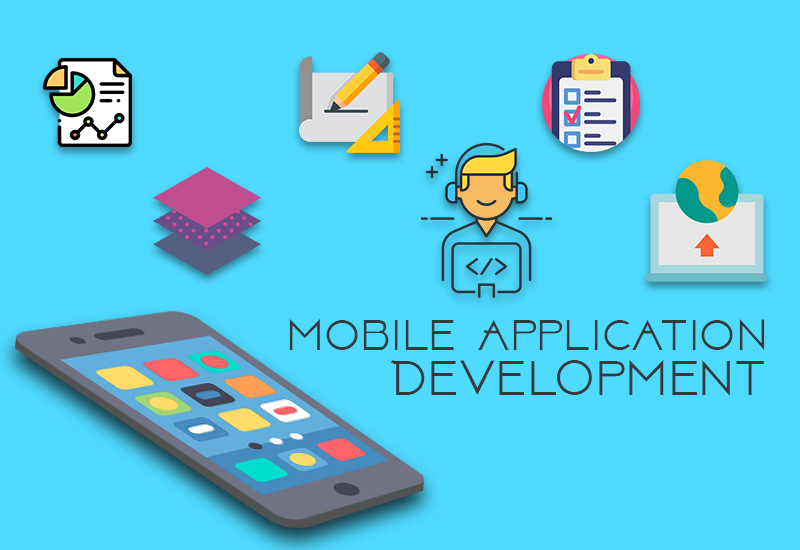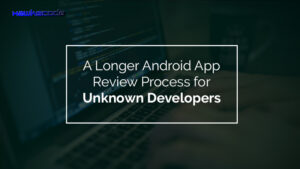Mobile Application Development – Build your Dream App Using Various Phases
So, you’ve got. Or, you’ve got a present app on its last legs that need a significant upgrade. In case you do not have mobile developers in your beck and call and a team of UI/UX designers, what should you do?
Making a successful mobile application is a procedure involving quite an extensive pre-planning. Mobile Application Development may be as easy as throwing a couple of things together, opening the IDE up, performing a fast form of testing, and submitting it to a Program Store like Mobile Application, all done in the work of half day. Or you may make it an extremely involved process between rigorous design, QA testing on a great deal of usability testing devices, a beta lifecycle, then installation a few different ways will give contour. Here is a look at the app development lifecycle and the objectives and challenges along the way .
Various Phases of Mobile Application Development
Research
All programs begin with an idea, even if yours is to get a mobile app presence. Refine that notion to a solid foundation for a program. Ensure that your analysis consists of motivations demographics, behavior patterns, and objectives of your client persona.
In this period, you lay down the groundwork for what is to follow next. Before continuing on to the next phase do your piece of brainstorming and research. And yet another significant part of this phase is currently analyzing the contest. An analysis of your competitor’s app will help you figure out what attributes are absent in their program that you may include it in your app, to allow it to stand out.
Wireframe
Aim to create a very clear understanding of how ideas and your proposed features will fuse together into a program. You should produce a storyboard or a roadmap, the way the users will navigate through the app and demonstrate the relationship between each screen. Look for opportunities to incorporate your brand, focus on the consumer experience and keep in mind the differences in the way that people use a cell app versus a site.
 Design
Design
Everything you get is blueprints and direction that is visual, notifying your engineers of the envisioned final product and about how interaction feel, should move and flow. Based upon app budget and your project scope, this layout period can be completed or may take a group many hours. And remember to create multiple variations of a screen by playing around with the design of navigation buttons and other components. The more your merchandise fluctuates, the higher the possibility of your UX being original. Application designing will prove to be a procedure, and your results should be clear visual directions providing an abstraction of the end item.
Development
The app goes through a set of phases, as the development progresses. At the first stage, the center functionality although the current isn’t analyzed. Watch the app is buggy, and also non-core functionality does not exist at this point. At the second phase, a lot of the functionality is incorporated. The program has gone through testing and bug fixing, though some problems could still be current. Within this stage, the app is released to a group of outside users to get testing. After the bugs at the second stage are fixed, the app will proceed to the deployment stage where it is ready for launch.
If yours is a job where user requirements change use agile methodology. It helps with early installation, a development that is progressive, adaptive planning, and continuous improvements. A large application can be broken down into smaller modules, and agile methodology can be applied to every one of these parts.
Testing
Application testing is vast, so make sure that your team covers all the aspects of it. The program ought to be tested for usability, compatibility, security tests, anxiety, and performance. In consumer acceptance testing you discover whether your app works for your users or not. To test your app is given by this and ask questions. Once your program passes the user acceptance test, you know your answer “works” And further make your program available through the registration of previously identified groups or an open solicitation for participants, possibly for a beta trial. The feedback you get from beta customers can help you learn if the functions of the app are working in a real-life circumstance.
Deployment
Your program is about to submit. Select a day and key up a formal launch. For different program shops, or launch an application, the policies are distinct. And keep in mind, this is not the end. App development does not end at launching. Opinions will pour in Since your application puts at users’ hands, and you will need to incorporate that feedback into future versions of the app. Every program will need updates and capabilities.
Free Online Courses with Internship Certificate




